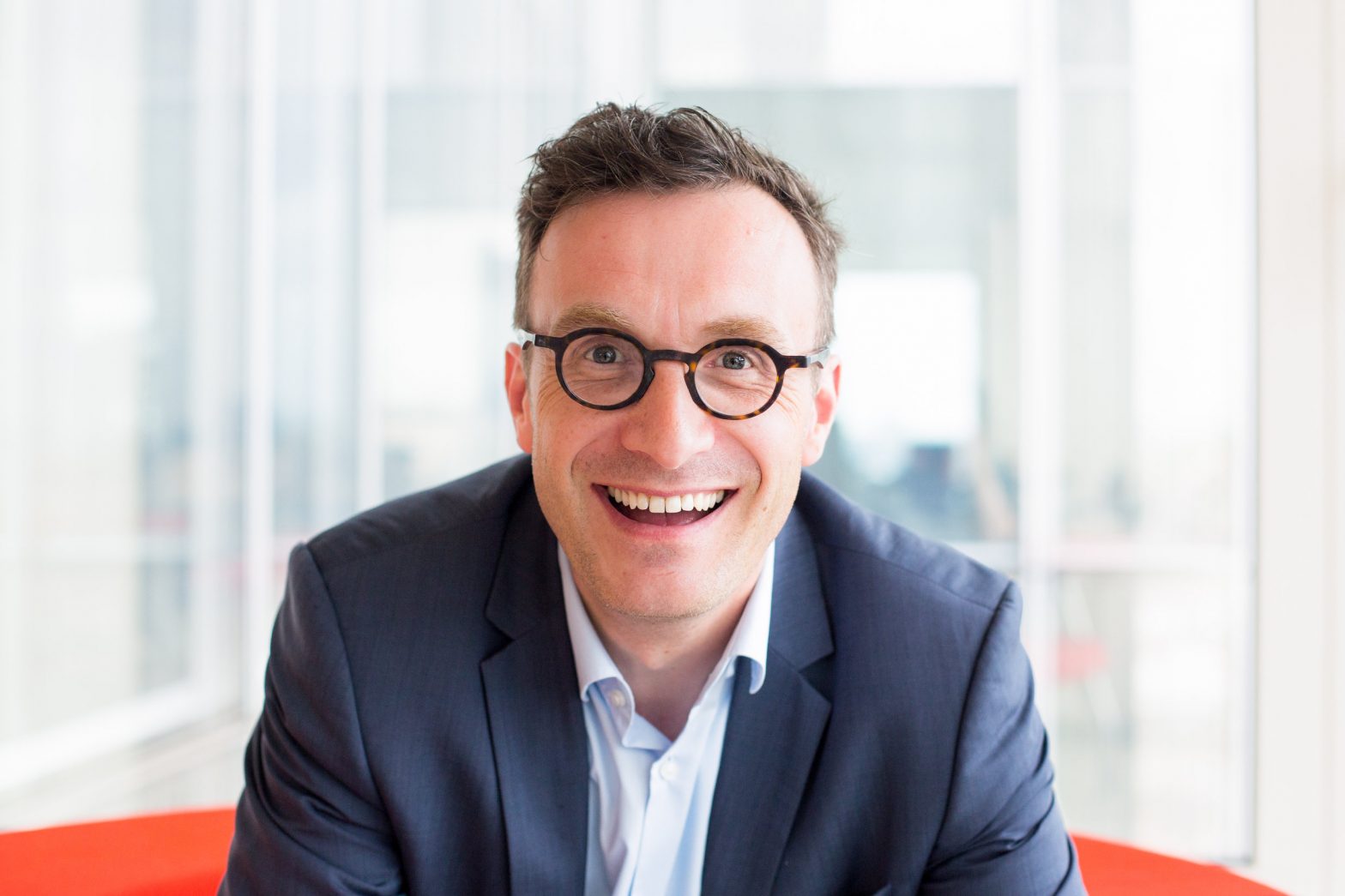
Photo: rsz_pascal_smet
“Too many people still use their car for short distances”
26 April 2017
by Nick Michell
Nick Michell spoke with Pascal Smet, Minister of Mobility and Public Works for the Government of Brussels-Capital Region, about the city’s progress in persuading its citizens to move away from their private cars
What are the main obstacles preventing Brussels from getting more citizens out of their private cars and onto public transport?
Only 50 percent of Brussels citizens own a car, which is a good basis to start from. The main reason for congestion is the daily commute in and out of the city. 350,000 commuters enter and leave the city every day, half of which do so individually by car. This is largely due to a federal scheme that subsidises company cars and fuel cards, and the Belgian tax system, which stimulates living in the countryside.
Brussels has to do its part though. Too many people still use their car for short distances. That is why we are investing €5.2 billion in public transport in the coming years. We will extend metro lines, tramlines and bus networks to get more people out of their cars. We are also pushing the federal government to put trains on the track. A functioning suburban rail network with a high frequency of trains will definitely help Brussels reduce congestion. Most commuters live within 25 kilometres of Brussels.
Last but not least, we are investing in transit parking on the outskirts of the city where people can easily connect to the subway or a tram. We will provide around 10,000 additional places by 2020.
How difficult is it to measure progress with regards to urban mobility? What parameters and indicators should be used?
When talking about mobility, most people focus on traffic jams, the amount of time lost or the volume of cars in a city.
In my opinion, we require other parameters to measure the progress of urban mobility, such as air quality, quality of living but also the increasing number of cyclists, the investment made in the development of public transport, the increase of the number of passengers on public transport, the evolution of public space or the impact of new modes of travel such as bicycles and car-sharing.
The issue of major importance is the urban air quality, the attractiveness of the city, and the way people feel when they move around and live in the city. These parameters are essential to constitute a global vision on urban mobility in order to be able to come up with relevant solutions.

Is it possible to alter the mindset in certain areas of the city where the car is still considered a status symbol and the bicycle is seen as a poor man’s way of moving through the city?
As you say, the fact of owning and driving a vehicle still embodies the symbol of a certain status for some part of the population. However, a change in mentality is taking place. In Brussels, travelling by car used to be almost an integral part of the DNA, because for decades the public space has almost exclusively been devoted and sacrificed to the car. Finally, things are changing. Todays’ youth in Brussels are truly multi- modal. They will cycle, walk or take the subway rather than relying on their car. In 2016 we saw an increase of 30 percent in the number of cyclists. Don’t forget we were able to demolish a fly over without me being locked up.
How successful has the bike-sharing scheme been?
In 2009 I launched a network of shared bicycles called Villo! Last year we offered more than 5,000 bicycles for individual use at 360 locations in the city. We also passed the cap of 1.5 million rentals. With an increase of 4.6 percent in the number of journeys made compared to 2015 it now counts more than 40,000 long-term customers. The project will extend in years to come as there is a real demand. Next to that we are developing a long-term rental service as well and have different projects in place that target families who are still very much attached to their car.
How important is it to involve and consult citizens in the redesign of public spaces and mobility improvements?
That’s easy: it only works when you involve them from the very start. When you invite them to think on how to redesign an area or a square and keep them in the loop in every step of the way, half of the work is done. For instance, we are turning a very busy shopping street into a pedestrian zone this year. We had months of consultations with local shop-keepers and residents. They all had their say and we adapted the project where we could. The works are starting in May and nearly everybody is in favour of the project because there is a sense of ownership. A sense that they have been able to shape their neighbourhood and city. Politicians should lead and take their responsibility and convince people where there is resistance. And of course always respect other opinions and understand why people are against projects.
How much emphasis is being placed on reducing air pollution in the city and the educating of residents on the subject?
Our main objective is to reduce greenhouse gas emissions by 30 percent in 2025. One of the most visible measures will be a permanent low- emission zone covering the complete territory of the Brussels-Capital Region (161 km2) starting in January 2018. It will start banning the most polluting cars (8,000 in 2018) and get more strict every year with 90,000 cars in 2019 and 184,000 in 2020.
Finally, we will also communicate more directly on air quality with barometers visible on the most polluting locations in the city, to make car users aware of their responsibility.







